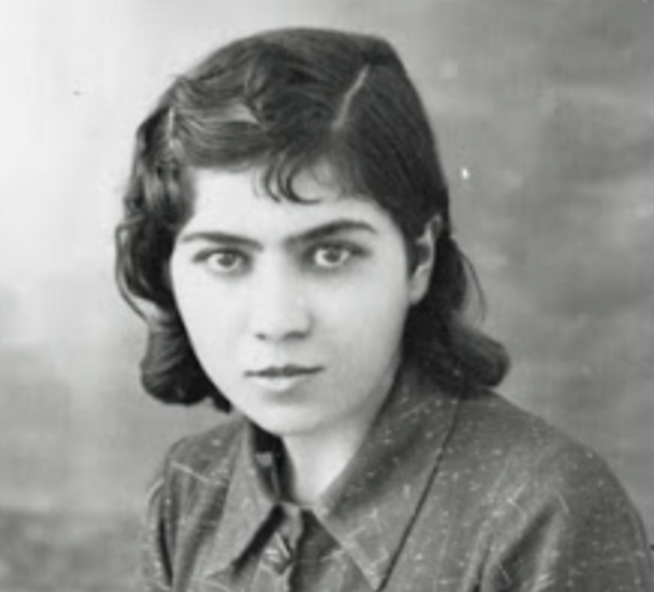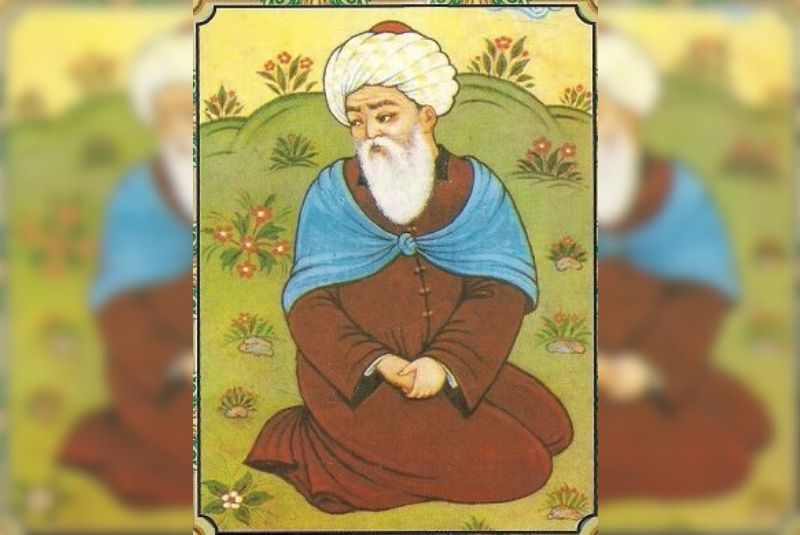As one of the earliest—and certainly the most celebrated—female poets in modern Iran, Parvin Eʿtesami (1907–1941) opened doors for generations of women writers. In a literary world dominated by male voices, she forged a unique path: reviving classical forms to address contemporary social ills, gender dynamics, and ethical dilemmas with remarkable clarity and emotional depth.
Early Life and Literary Awakening
-
Born in Tabriz (1907). Parvin was the daughter of Yusuf Eʿtesami, a respected intellectual, translator, and newspaper founder. Growing up in a household rich with books and debate, she absorbed both the classical Persian canon and the currents of social reform sweeping Iran under the Qajar and early Pahlavi eras.
-
First Poems at 17. Encouraged by her father’s literary circle, Parvin published her Dīvān at just seventeen. From the very beginning, her poems combined the elegance of ʿarūḍ (classical meter) with sharp-eyed observations of injustice.
Classical Form, Modern Conscience
Parvin’s hallmark was her ability to revive classical forms—the ghazal, mathnawī, and rubāʿī—while infusing them with modern concerns:
-
Didactic Allegory. Drawing on the ethical styles of Saadi and Rumi, she often framed her critiques in fables or dialogues between personified concepts (e.g., “The Owl and the Candle” addressing hypocrisy).
-
Social Satire. Poems like “The Spider and the Phoenix” lampooned self‑important elites, while “The Revolutionary” mourned the unfulfilled promises of political change.
-
Gender and Empathy. Rare for her time, Parvin wrote powerfully about women’s hardships under social constraints—marriage, poverty, and lack of education—without slipping into mere victimhood.
“How many hands that fed its children
Now lie broken by unjust laws!”
— from “A Song of the People”
Signature Themes and Styles
| Theme | Representative Poem | Key Features |
|---|---|---|
| Justice & Reform | “I Am Ashamed” | Direct address to corrupt officials; moral urgency |
| Women’s Plight | “My Poems Are Mirrors” | First‑person empathy; call for female education and freedom |
| Ethical Conduct | “The Moth and the Flame” | Allegory of self‑sacrifice; warnings against blind passion |
| Nature & Metaphor | “The Nightingale’s Lament” | Vivid imagery; dual readings (romantic and spiritual) |
-
Economy of Language. Parvin’s verse is deceptively simple. She chose words for maximum emotional impact, avoiding the heavy ornamentation fashionable among some contemporaries.
-
Moral Clarity. Even when writing about love, she foregrounded honesty and responsibility, reflecting her deep belief that poetry should guide—and sometimes admonish—its readers.
Major Works
-
Dīvān‑i Parvin (1927)
-
Collected Letters and Short Essays (posthumous)
-
Selected Poems in Translation
-
Look for editions by Lloyd Haft or Dick Davis for English readers.
-
Her short mathnawī (“long poem”) pieces—on topics from poverty to hypocrisy—remain staples in Iranian schools, testament to their enduring relevance.
Legacy and Influence
-
Trailblazer for Women Writers. Parvin’s success demonstrated that women could excel in high‑culture literary forms. Poets like Forugh Farrokhzad and Simin Behbahani would later cite her as an inspiration.
-
Cultural Icon. Streets, schools, and literary awards across Iran bear her name. Annual Parvin Eʿtesami Festivals celebrate her birthday with readings, essays, and performances.
-
Global Recognition. Translations of her work have brought her moral voice—and her crisp, evocative style—to international audiences, cementing her place among 20th‑century world poetry.
Remembering Parvin Eʿtesami
Parvin Eʿtesami’s brief life (she died at thirty‑four) was nonetheless a burst of creative energy and ethical passion. In a single Dīvān, she managed to:
-
Honor the storied past of Persian verse
-
Engage pressing concerns of women and the poor
-
Model a poetic voice that was at once tender and unflinching
Today, her poems stand as reminders that form and conscience can—and should—go hand in hand. As we revisit her quatrains and allegories, we hear not only the echoes of classical masters but also the urgent heartbeat of a young woman who refused to be silenced.





